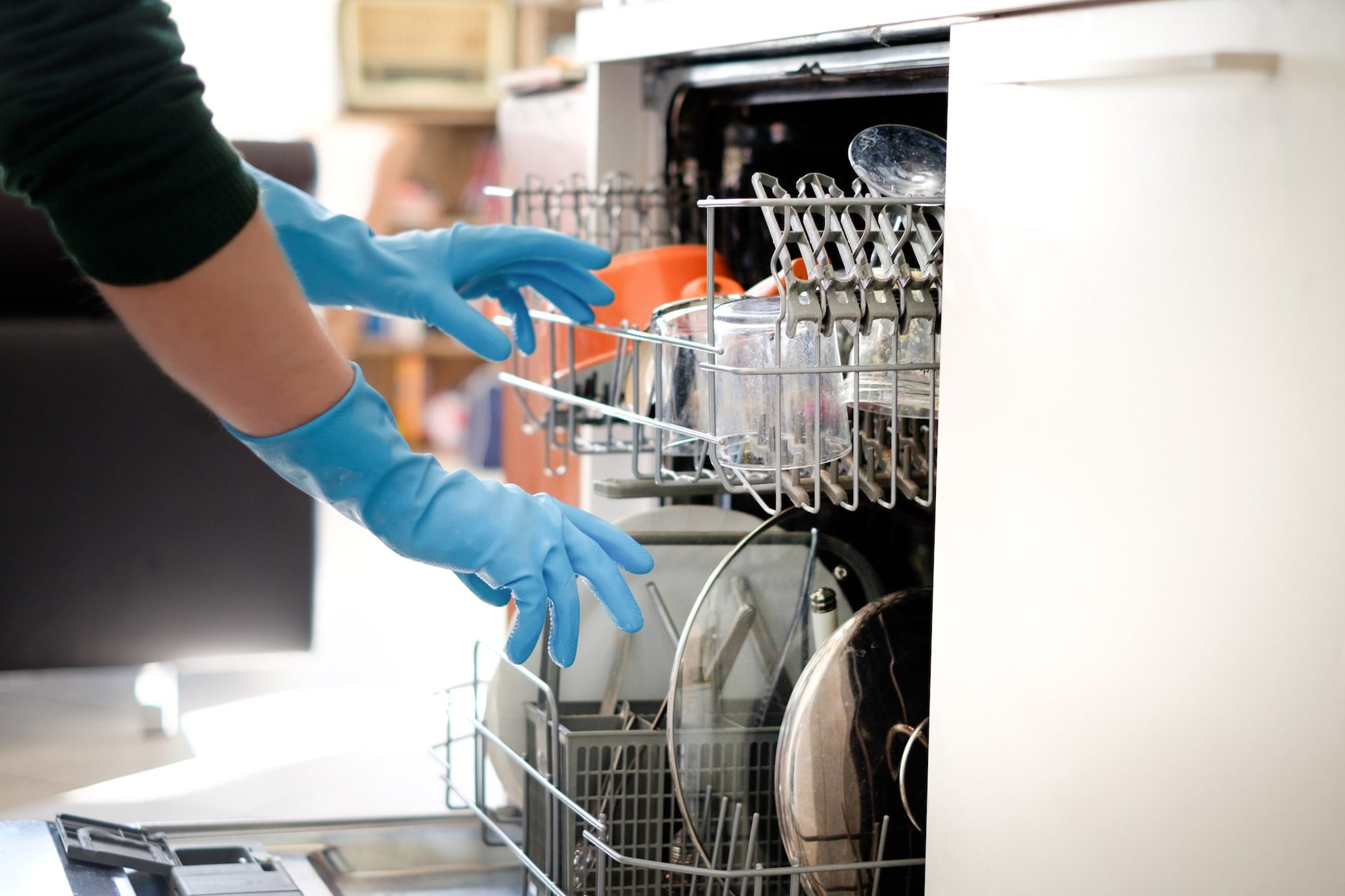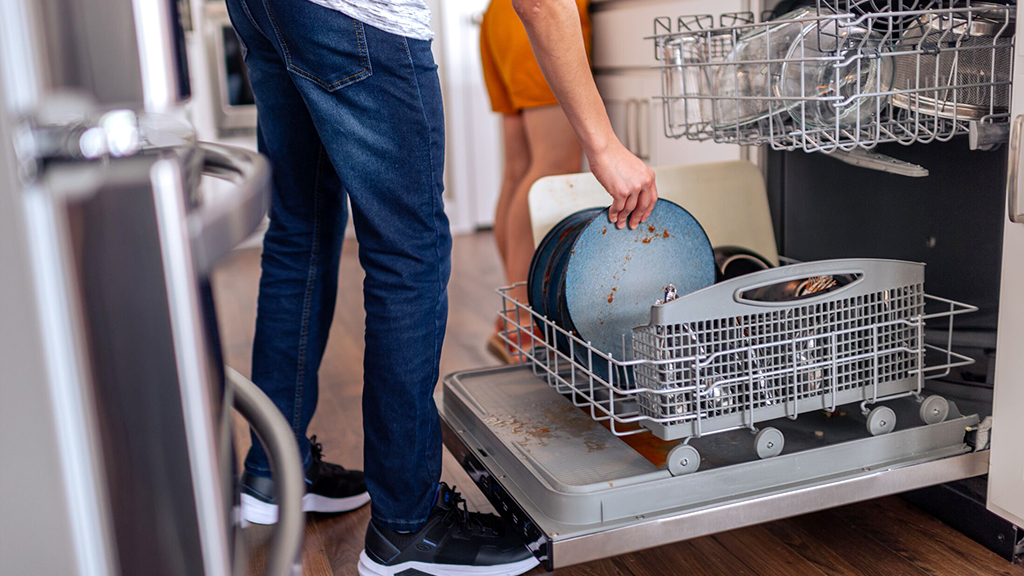This article which follows about How to Troubleshoot & Repair a Dishwasher is fairly engaging. Give it a go and make your own results.

Having your dishwashing machine break down or malfunction can be a big deal and also trigger some pain at home. Dishwashers are machines that we make use of to clean dishes as well as cutleries automatically to conserve us the stress of manually doing it.
Like every other equipment that eases human initiative, dishwashers can break down and create some mistake at some point in time. There are numerous mistakes your dishwasher can create, and also while several of them can be solved by changing some components or fixing them, various other extra severe defects will certainly call for that you obtain a brand-new dishwashing machine.
This write-up will certainly recognize a few common faults your dish washer might develop to prevent its total performance and also exactly how these mistakes can be resolved.
Usual Faults
Typical dishwasher faults can vary from small to major ones. Relying on the extent, you will certainly either require the solutions of specialist plumbing technicians to take care of or change it.
Several of the most usual mistakes include:
Leaking Dishwashing machine
This is probably the most everyday dishwashing machine issue, and fortunately is that it is very easy to recognize. Leakages occur because of several factors, and the leaks can bungle your cooking area. Usual sources of dishwashing machine leaks include;
Bad-Smelling Dishwasher
This is one more common dish washer trouble, and it is generally triggered by food particles or oil sticking around in the maker. In this instance, seek these bits, take them out and also do the recipes with no meals inside the maker. Laundry the filter thoroughly. That will certainly aid eliminate the poor scent. Make certain that you get rid of every food particle from your recipes prior to transferring it to the maker in the future.
Failure to Drain pipes
Sometimes you may discover a big quantity of water left in your tub after a wash. That is most likely a drainage problem. You can either check the drainpipe tube for problems or blockages. When unsure, contact an expert to have it checked as well as repaired.
Does not clean appropriately
If your recipes and also flatwares come out of the dishwasher as well as still look filthy or dirty, your spray arms might be a trouble. In most cases, the spray arms can obtain clogged, as well as it will certainly require a quick tidy or a substitute to work properly again.
Conclusion
A few of these typical dish washer mistakes can be dealt with easily in your home, but in some cases, the faults could be huge as well as may need the focus of experts. If you live in Rochester, Syracuse, as well as various other parts of America, let the experts effectively identify what could be wrong with your dish washer and extend a service.
We likewise mount dish washers if you just acquired a brand-new one or plan to change your very own. With our several years of experience in the sector, we are sure to give you the very best feasible solutions.
7 Common Dishwasher Problems (and How to Fix Them)
Dirty, smelly, possibly covered in cheese. Is there anything more frustrating than opening the dishwasher only to find the dirty dishes are still there?! I mean, the main reason you buy a dishwasher is so you don’t have to deal with dirty dishes. C’mon dishwasher, you had one job.
A little maintenance goes a long way when it comes to appliances, but the truth is nothing lasts forever (sadly). That doesn’t mean it’s hopeless, though. With a handful of simple tricks, you can fix some of the most common dishwasher problems and bring that sparkle back into your dishwasher and back into your life.
My Dishes Are Still Dirty
This is at the top of a list for a reason. Dirty dishes are common and frustrating. Easy fixes first; check if your dishwasher has a manual filter and make sure that it’s clean and clear of debris. Then, as you load your dishwasher, make sure that the spray arms can rotate freely, spraying water throughout the drum. If they’re blocked or obstructed, you won’t be getting optimal cleaning performance. If the problem continues, check if your spray arms are clean and moving freely as grease and food particles can prevent them from spinning.
Also, stop pre-rinsing your dishes! Modern dishwashers use sensors to determine the soil level of the dishes. If you rinse them off too much, your dishwasher may select a shorter cycle than is necessary. Modern detergents also use enzymes that activate when they come in contact with food particles. If you remove the particles, your detergent will be less effective too.
My Dishes Aren’t Drying
The easiest fixes here are to add Rinse Aid to your dishwasher when you start the load to assist drying, and to make sure you don’t stack plastic against plastic or other hard to dry materials. It’s also a good idea to open the dishwasher door when the cycle is complete to release steam and prevent condensation from settling on your dishes (some higher-end machines even open automatically). If your dishwasher has a heating element, you may have to check if it is working properly. Check also the fan if your dishwasher has a stainless steel tub that uses blown radiant heat to dry.
My Dishwasher Smells Bad
If your dishwasher smells bad, make sure your filter and screens are cleaned of any grime and food residue. Check the spray arms and gasket on the door to make sure there’s no grease or food waste there as well. If you’ve done that, then it may just be time to sanitize the drum. Place a small bowl with vinegar in the upper basket of your empty dishwasher and run the sanitize cycle (or the hottest cycle you’ve got) to blast away bad odours.
My Dishwasher Won’t Start
If your dishwasher won’t start there’s often an electrical problem, and if you’re lucky that means there’s a very easy fix. Ask yourself, have I tried turning it off and on? If not, then do that. If it’s still not working, try unplugging and re-plugging in the machine and double-check your breaker to make sure power is feeding the unit. If it’s a mechanical problem, then it may be that your door isn’t latching properly and a simple realignment will get things sorted out.
My Dishwasher Won’t Fill
If possible, check your intake valves and make sure that the screen is clear and that there’s no blockage obstructing water flow. If that’s not it, then the float and/or float switch located at the bottom of the drum could be the problem. Make sure that the electrical connections are intact and that the mechanism hasn’t been damaged or blocked in any way.
https://www.wardells.ca/blog/7-Common-Dishwasher-Problems--and-How-to-Fix-Them-

I ran across that content on How to Troubleshoot & Repair a Dishwasher while doing a search on the search engines. Those who enjoyed reading our blog posting please remember to pass it around. We truly appreciate reading our article about Common Dishwasher Problems.
Book An Appointment